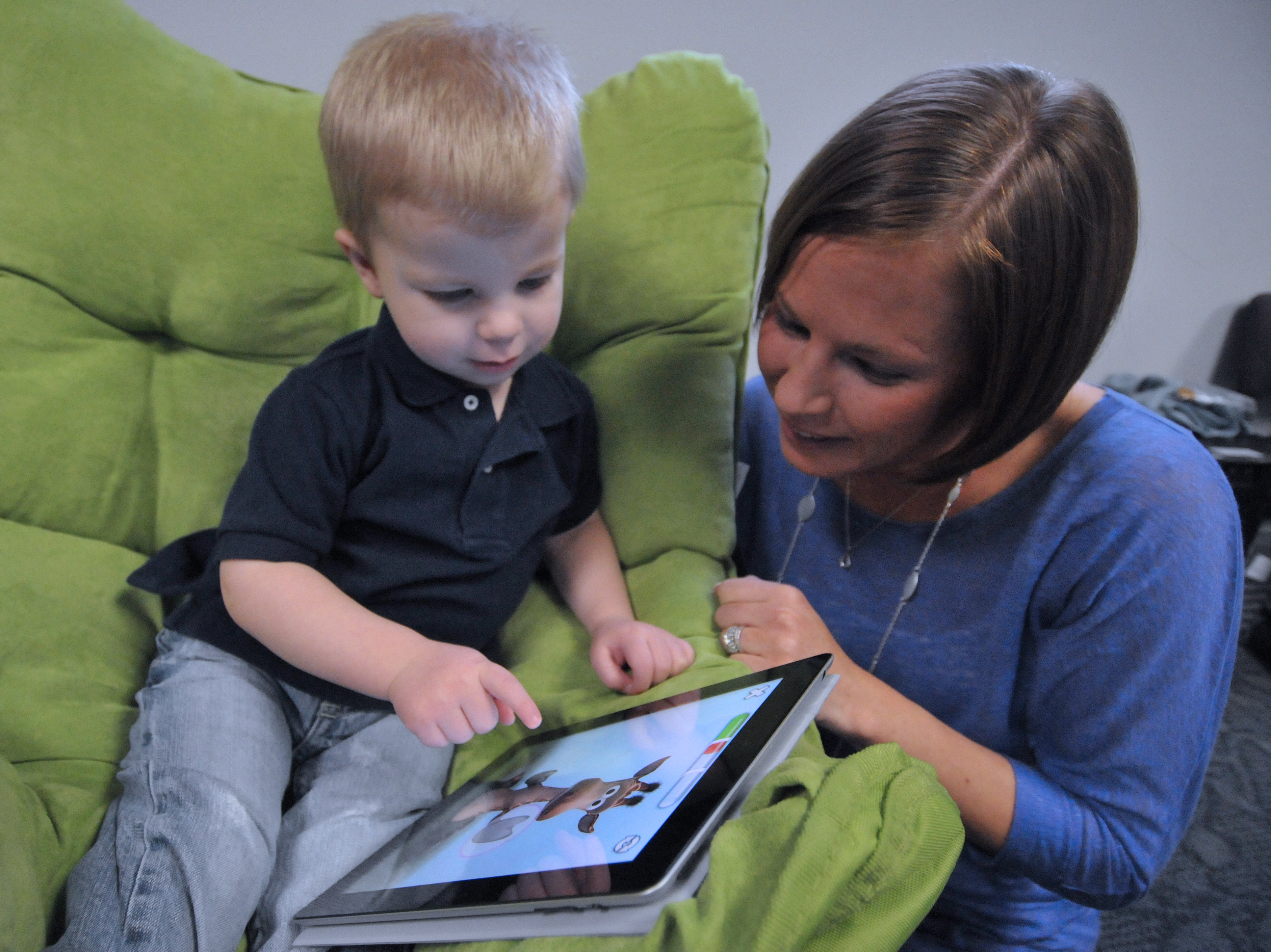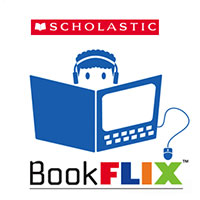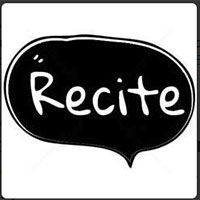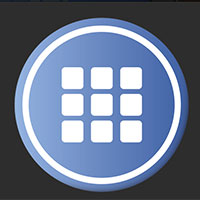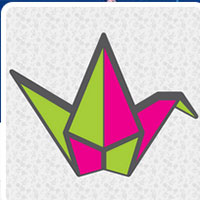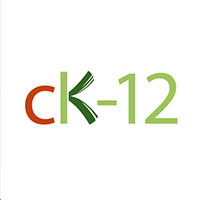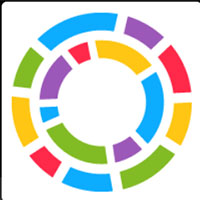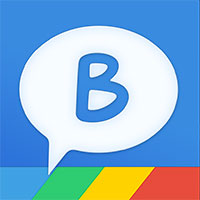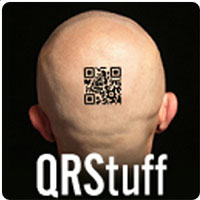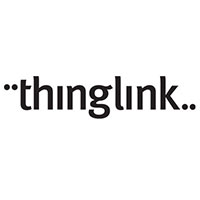“Don’t ever succumb to the idea that it’s going to develop out of something, or that it’s a disease,” she recalled telling teachers. “Dyslexia is a different brain organization that needs different teaching methods. It is never the fault of the child, but rather the responsibility of us who teach to find methods that work for that child.”
Wolf, who has a dyslexic son, is on a mission to spread the idea of “cerebrodiversity,” the idea that our brains are not uniform and we each learn differently. Yet when it comes to school, students with different brains can often have lives filled with frustration and anguish as they, and everyone around them, struggle to figure out what is wrong with them.
Diagnosing Dyslexia
“Oh, she just hasn’t caught up yet,” is what Zanthe Taylor recalled her daughter Calliope’s teachers saying throughout first and second grades. Calliope, now 12, was in the slowest reading group at her Brooklyn private school, but teachers assured Taylor that Calliope was very bright and would catch up shortly.
In truth, Calliope wasn’t catching up. As peers began whizzing past her in reading, Taylor became more anxious and worried. Their collective frustration levels — both Calliope’s and her parents—soon reached a breaking point, especially after they’d hired a private tutor to help speed up her reading in the fall of second grade.
“She’d have massive tantrums over homework,” Taylor said. Calliope would be happy and fine all afternoon, but when it came time to do homework, she would refuse to begin. “She would scream and cry, then I would scream and cry,” Taylor said. “I once crumpled up the whole assignment and yelled, ‘What are we going to do?’ ”
Then one night, after four months of intensive (and expensive) tutoring, Taylor’s husband, Matthew, was talking to Calliope’s tutor on the phone when she mentioned the word “dyslexia.” A light went on. Taylor recalled that up to that point, everyone had been very careful not to say the word, but the tutor suggested that it might be time to have Calliope officially evaluated in order to receive more targeted instruction.
An intensive two-day battery of tests provided the data that Taylor, by this time, already knew: Calliope had dyslexia. Although she was very bright and displayed above-average social skills, without intense and specific intervention, she would never “catch up” in reading.
Taylor now knows that an overly emotional response to homework is common in those with dyslexia: Calliope didn’t know why she couldn’t read either. Now with a diagnosis and intensive intervention, Calliope is entering seventh grade with her peers. She’s able to accomplish all the work, although she requires more time. “I always disliked the words ‘learning differences,’ ” Taylor said. “But the more I get to know about this, the more I think it’s true.”
This kind of anxiety and frustration can be largely avoided, said Wolf, who is also director of the Center for Reading and Language Research at Tufts University and author of “Proust and the Squid: The Story and Science of the Reading Brain.” She and colleague Martha Denckla designed a simple test to quickly know whether there is a problem in the reading circuit very early on, as early as kindergarten or first grade. Called the RAN/RAS test (Rapid Automatized Naming/Rapid Alternating Stimulus), students are timed on how fast they can name letters, numbers, colors and objects.
RAN/RAS or a comparable evaluation is one of the single best predictors that there’s something different in how the brain is putting together letters with their name, which is like a mini-version of the later reading circuit. While RAN/RAS cannot diagnose a reading problem, it does provide educators with a red flag, suggesting that students may need further evaluation.
In “Proust and the Squid,” Wolf writes that if she were given five minutes with all teachers and parents everywhere, she’d want them most to know that “learning to read, like Red Sox baseball, is a wonderful thing that can go wrong for any number of reasons.” For students accused of being stubborn or not working to their potential, often neither is true: Children with dyslexia need immediate and intensive intervention to connect the pieces of the reading circuit.
The Science of Reading and Dyslexia
The act of reading itself is anything but natural. Human brains weren’t designed to read: There is no “reading center” of the brain, and there are no “reading genes.” Instead, in order to read, each brain must fashion new circuits between parts originally designed to do other things, like retrieving the names for objects. These new circuits must not only combine many processes from different areas of the brain to form a specialized circuit just for reading — in order to become a fluent reader, the circuit also needs to run lightning-fast, nearly automatic.
Wolf has spent her career studying how the brain reads and, in some cases, how it doesn’t. “Because we have no pre-programmed wiring for reading [in the brain], we have to do something very different,” Wolf said. “What the brain does have — which is fantastic — is the ability to make new circuits based on new connections among its already-there parts. So, when I said [in the book] we were never born to read, that is the absolute truth. We weren’t. Each child has to do it by themselves.”
Since each brain must learn to read from scratch, as Wolf put it, “many things can happen along the way.” Dyslexia, originally called word-blindness, is a neurobiological condition describing the failure to read words and letters affecting an estimated 10-20 percent of schoolchildren, depending on whom you ask.
While classified as a “learning disability,” dyslexia is not a brain disorder or a disease, nor is it flipping letters backward. Often the failure to read is in direct opposition to a brain’s cognitive ability, leaving parents and teachers stymied when an otherwise intelligent child can’t spell words they’ve seen a thousand times, or put a sentence together.
Dyslexia, Wolf said, is the result of a brain that’s organized in a different way. In many children, this is because the right hemisphere tries to muscle the strengths of the left, specifically at tasks that are the domain of the left, like many language functions. When the reading circuit is being dominated by the right hemisphere, it takes longer for the information that goes to both hemispheres to get together.
In the dyslexic brain, there are several major areas that could develop problematically. (While there is no singular form of dyslexia, there are several profiles that appear most prominently.)
* Phoneme awareness, or knowing the sounds that correspond with letters and words, is the No. 1 deficiency in the dyslexic brain. “Our language is made up of 44 sounds called phonemes,” Wolf said. “English is trickier because we have phonemes that can be expressed in different letters, and we have letters that can stand for different phonemes. It’s an irregular language, and that adds to the complexity, but the underlying issue for many, but not all, children is problems in the basic representation of those phonemes.” Wolf said there are multiple areas of the brain contributing to our ability to represent phonemes, and that many dyslexic children have issues with developing phonemes, as well as knowing which sounds are assigned to which letters.
* Fluency, or getting the reading circuit to work together quickly, is the second-biggest issue. “Children can have perfectly represented phonemes, but can’t get the phonemes together with the letters, because there’s a speed-of-processing issue,” Wolf said. “And part of that may well be because that right hemisphere is taking a longer time and trying to do what the left hemisphere usually does, in getting that circuit to work very fast together. That can mean not just the phonemes aren’t represented very well. It might also mean that letters aren’t getting represented very well, and that the circuit is not becoming automatic.”
* Comprehension is the third but no less crucial issue to reading.“After making letters and sounds work together, and getting the whole circuit to work in time, then words have to be connected to meanings and functions of grammar,” Wolf said. “It takes explicit work to get the visual representation, meaning, sound and grammatical function all working together, and that’s what dyslexic children must do.” Wolf said that often this kind of dyslexia doesn’t show itself until the child is older, third grade and up, when a child switches from learning to read to reading to learn.
“Some of our children can read words, but read them laboriously,” Wolf said. “And by fourth grade they’re a major failure and have never become fluent.” Many of these children are bright and have compensated up to this point by memorizing words, but have never learned to read fast enough to comprehend what they’re reading.
Understanding that these developments are nothing more than brain differences that can be aided with systematic and explicit instruction, Wolf said, is a large but necessary step for everyone involved: students, parents and teachers. When children find they’re unable to read or read with much difficulty, they often believe that it’s the result of a bad or broken brain. Some teachers may also unwittingly hold beliefs that reading happens for all children by a kind of osmosis.
Wolf insists that three decades of research has shown that neither are true, but keeping the truth about dyslexia hidden or misunderstood only hurts the students, their parents and the educators trying desperately to help them.
Article originally posted on http://ww2.kqed.org/mindshift/2015/10/01/understanding-dyslexia-and-the-reading-brain-in-kids/


